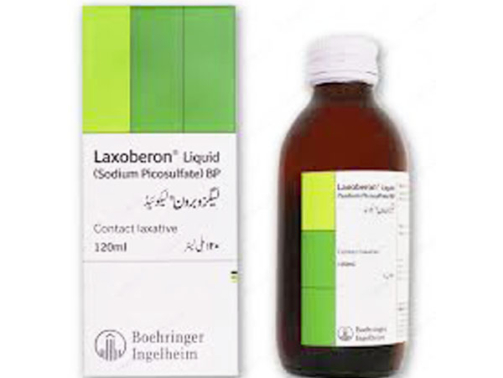HomeProductsMartin DowToradol Injection 30Mg/Ml
Toradol Injection 30Mg/Ml
SPECIFICATION
Requires Prescription (YES/NO)
Yes
Generics
Ketorolac Tromethamine
Used For
Pain & Inflammation
How it works
Ketorolac is a potent analgesic agent of the non-steroidal, anti-inflammatory class (NSAID). Its mode of action is to inhibit the cyclooxygenase enzyme system and hence prostaglandin synthesis and it demonstrates a minimal anti-inflammatory effect at its analgesic dose. Ketorolac is not an anesthetic agent and possesses no sedative or anxiolytic properties; therefore it is not recommended as a pre-operative medication for the support of anesthesia when these effects are required. It is not an opioid and, has no known effects on opioid receptors.
USAGE AND SAFETY
Dosage
Ketorolac Tromethamine
Side Effects
Gastrointestinal tract: abdominal discomfort, constipation, diarrhoea, dyspepsia, eructation, flatulence, fullness, gastritis, gastrointestinal bleeding, gastrointestinal pain, nausea, pancreatitis, peptic ulcer, perforation, stomatitis, vomiting. Central nervous/ musculoskeletal systems: abnormal dreams, abnormal taste and vision, abnormal thinking, aseptic meningitis, convulsions, depression, dizziness, drowsiness, dry mouth, euphoria, excessive thirst, functional disorders, hallucinations, headache, hearing loss, hyperkinesia, inability to concentrate, insomnia, myalgia, nervousness, paraesthesia, stimulation, sweating. Tinnitus, vertigo. Urinary tract and kidneys: acute renal failure, flank pain . Skin: exfoliative dermatitis, Lyell’s syndrome, maculopapular rash, pruritus, Stevens-Johnson syndrome, urticaria. Hypersensitivity reactions: anaphylaxis, bronchospasm, flushing and rash, hypotension, laryngeal edema. Such reactions may occur in patients with or without known sensitivity to Ketor or other NSAIDs. Bleeding: epistaxis, hematomata, postoperative wound haemorrhage .
Drug Interactions
Morphine sulphate, pethidine hydrochloride, promethazine hydrochloride or hydroxyzine hydrochloride , Anticoagulants , lithium , NSAIDS , methotrexate , probenecid , aspirin , diuretics , mifepristone , cyclosporin , tacrolimus .
Indication
These are indicated for the short-term management of moderate to severe acute postoperative pain.
When not to Use
A history of peptic ulcer or gastrointestinal bleeding – Suspected or confirmed cerebrovascular bleeding – Haemorrhagic diatheses, including coagulation disorders – Patients with hypersensitivity to ketorolac tromethamine or other NSAIDs and patients in whom aspirin or other prostaglandin synthesis inhibitors induce allergic reactions (severe anaphylactic-Like reactions have been observed in such patients) .
PRECAUTIONS
Precaution
Physician should be aware that in some patients pain relief may take longer than 30 minutes after i.v. or i.m. administration .
WARNINGS
Warning 1
It can cause gastrointestinal irritation. Ulcer bleeding in patients with or without a history of previous symptoms.
Warning 2
In patients with renal, cardiac or hepatic impairment, caution is required since the use of NSAIDs may result in deterioration of renal function. As with other drugs that inhibit prostaglandin synthesis, elevations of serum urea. Creatinine and potassium have been reported with Ketor and may occur after one dose.
Warning 3
Patients on anticoagulation therapy may be at increased risk of bleeding if given Ketorolac concurrently .
ADDITIONAL INFORMATION
Pregnancy category
Always consult your physician before using any medicine.
Storage (YES/NO)
Store this medicine at room temperature, away from direct light and heat.

 Cart is empty
Cart is empty 




Reviews
There are no reviews yet.